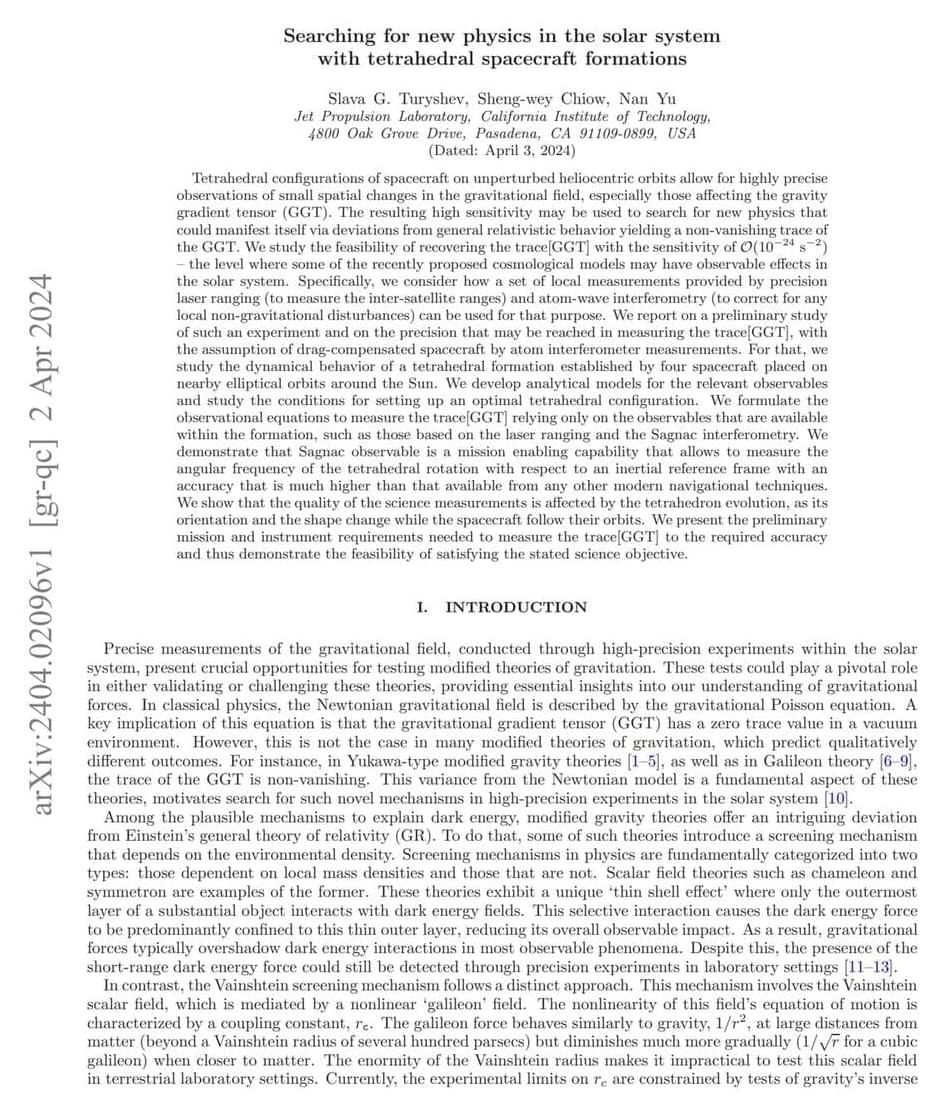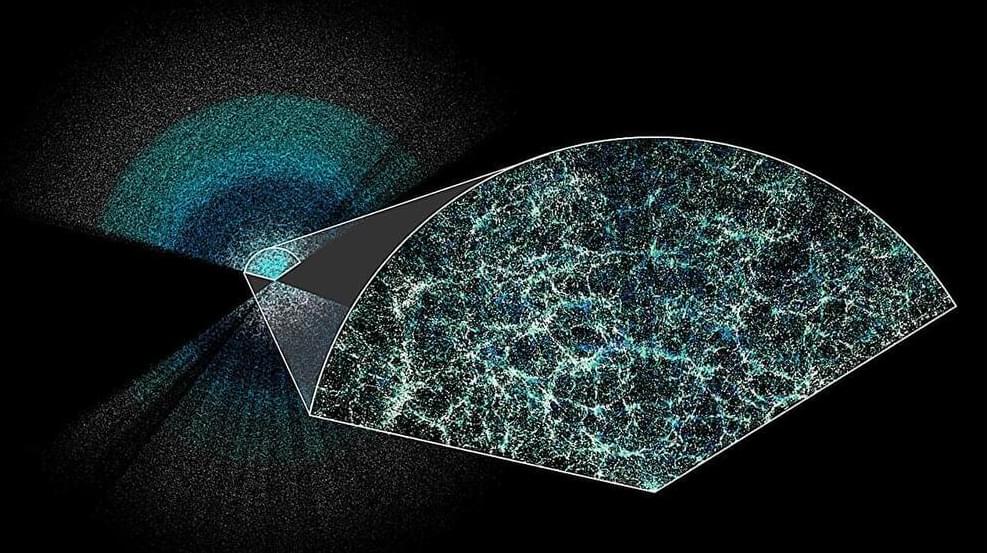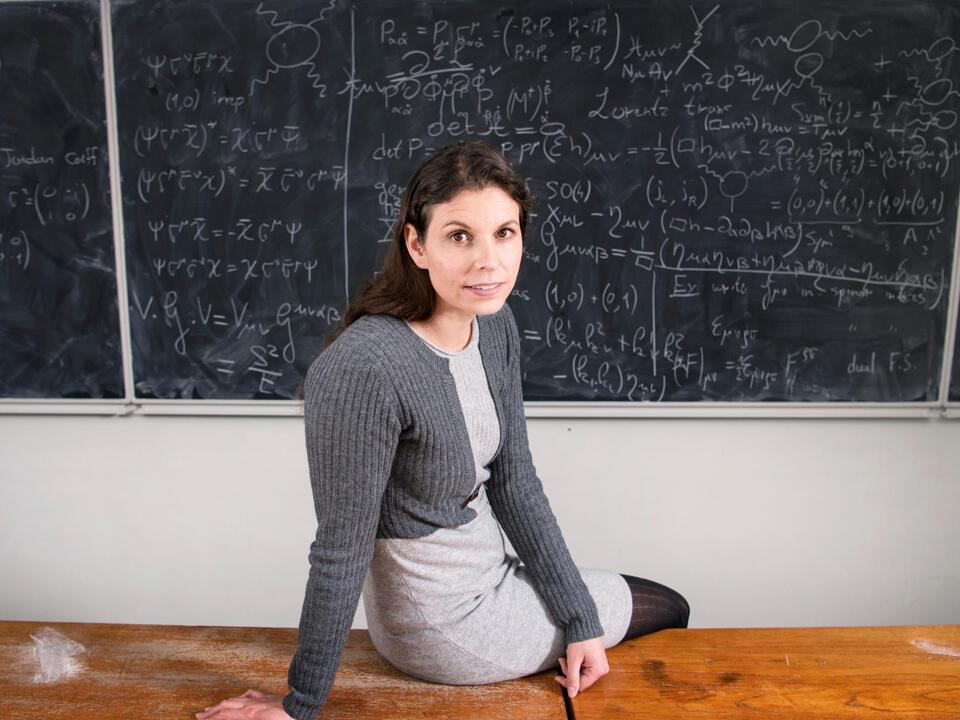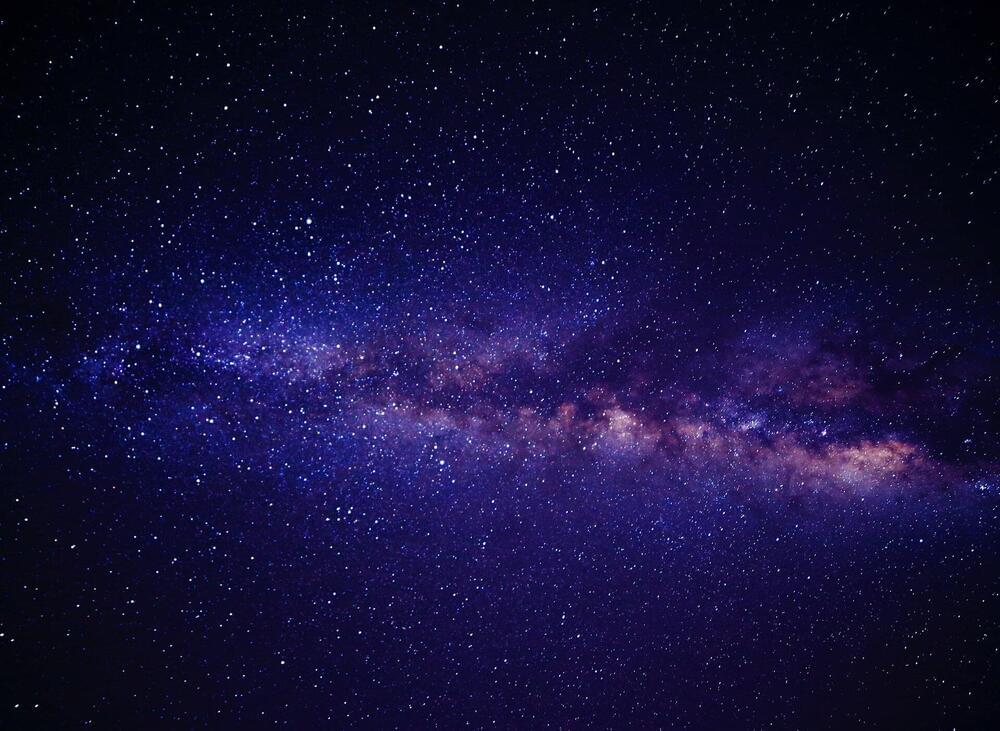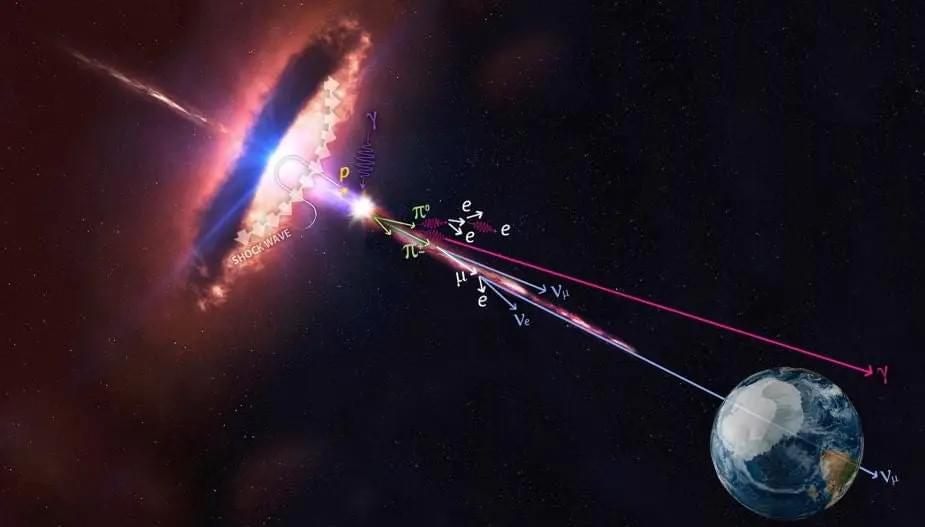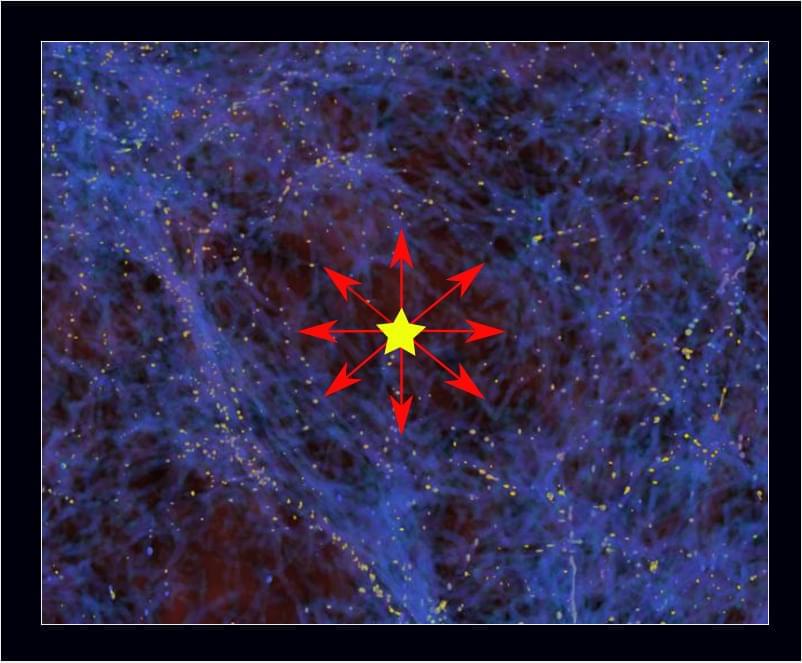Support this channel: Sign up for ESET Home internet security for FREE: https://www.eset.com/us/protecting-ar…
ESET is sponsoring the STARMUS festival in Bratislava, Slovakia May 12–17, 2024: https://www.starmus.com/
TALK TO ME on Patreon:
/ arvinash.
REFERENCES
Video: A Universe from nothing: • What came before the Big Bang? Quantu…
Video: Eternal Inflation: • Eternal Inflation: The BEST MULTIVERS…
Multiverse Theory: https://tinyurl.com/2cv2qxbm.
Math proof universe can come from nothing: https://tinyurl.com/np2vrty.
Paper of above: https://tinyurl.com/223t86z6
What came before big bang: https://tinyurl.com/y7g4pgwp.
CHAPTERS
0:00 Big bang: Lamda-CDM model.
3:09 Sponsor: ESET
4:22 Cyclic universe.
5:33 How likely is cyclic model?
7:53 Multiverse: Eternal Inflation.
11:27 Universe from nothing.
15:23 Why can’t we answer this question?
SUMMARY
What came before the Big Bang? what happened before the big bang? Since time is thought to have started at the big bang, asking what happened \.
